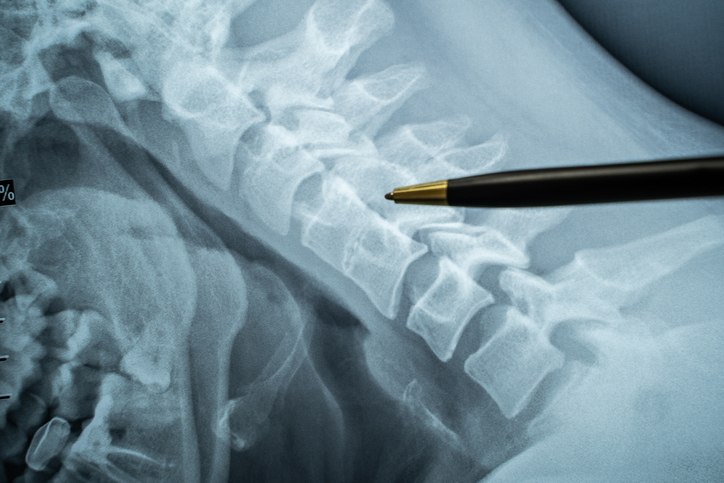Living with Chronic Pain
The Facts About Intractable Pain

Intractable pain, or IP, is pain that is difficult to treat or manage. The pain is often constant, agonizing, incurable, mentally and physically debilitating, and is so intense that it governs nearly every moment. The pain can be so excruciating that eating and sleeping are affected. Unfortunately, intractable pain can be so severe that suicide may be considered. Currently, no cure exists, leaving people with IP homebound, bedridden or hospitalized. However, new treatments offer some hope.
Causes
Intractable pain is caused by a variety of medical conditions including, but not limited to, the following: degenerative spinal disease, chronic regional pain syndrome (CRPS) or reflex sympathetic dystrophy (RSD), congenital skeletal disease, migraine-vascular headaches, neuropathy, trauma-induced headaches, osteoporosis and advanced cancers. If individuals do not respond well to medications commonly used for chronic pain, including mild opioids, anti-inflammatory medications, muscle relaxants and others, they could be dealing with intractable pain. Individuals with IP also do not respond to corticosteroid injections.
Treatment
Clinically, pain management is very complex for IP. Specific treatment depends on the underlying cause of pain. The main focus of treatment is to reduce discomfort. Treatment aims to provide individuals the best quality of life possible. Monitoring the intensity of IP is essential in providing the best medical care. This can be done by using a pain scale, which notes the severity of pain from 0 (no pain) to 10 (most severe pain).
Most states have recently passed IP laws or established guidelines and standards to allow physicians to prescribe opioids and other end-stage treatments to people with intractable pain without legal repercussions. Opioids are often prescribed in higher doses than normal. Determining which opioid is most effective for each individual is important. Treatments, such as medical cannabis and spinal cord stimulation (a treatment that uses electricity to change the way the brain perceives pain), provide hope for people with IP.
Individuals with intractable pain and their loved ones should be sure that their physician keeps detailed documentation in their medical chart. Medical management of IP is usually a lifetime treatment. The medical chart of a person with IP needs to contain specific details on what treatment methods have been tried and the effect of each treatment on the individual’s pain.


















